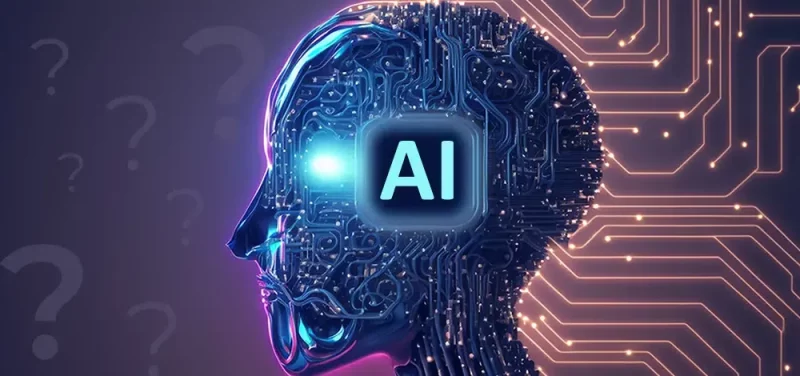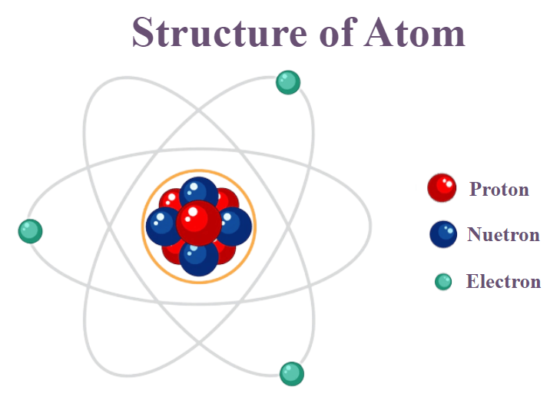Artificial Intelligence (AI) has quickly emerged as an extremely revolutionary and transformative technology of the 21st Century, drawing its origins back to ancient math and philosophy. Over recent years, artificial intelligence (AI) has made significant strides, altering industries’ operations, impacting daily lives, sparking debate over its possible advantages or threats, as well as sparking ongoing dialogue regarding potential risks or benefits resulting in ongoing debate over its advantages or threats. In this 2000-word essay we will delve deeper into artificial intelligence: its origins, fundamental concepts, ethics applications ethics as well as future possibilities that lie within this technology’s realm.
1. Brief Description of AI’s Historical Development
To truly comprehend AI it is crucial to examine its history over time.
Early Foundations from Antiquity to 20th Century)
AI can be traced back to philosophers such as Aristotle who debated over its nature. Later in 13th century Spain Ramon Llull developed an automated way of creating knowledge – this marked its precursory stage before automated thinking technology developed further.
Mathematics became at the core of artificial intelligence (AI), thanks to mathematicians like Alan Turing and John von Neumann in the 20th century. Turing’s work, including creating “universal machine (now commonly referred to as Turing machine)”, as he asked “Can machines think?” His contributions played an essential role in furthering computing science and AI research.
Beginnings of Modern AI (1950s – 1970s).
John McCarthy first coined the term, artificial intelligence (AI), at Dartmouth Conference in 1956 when discussing how intelligent machines could be developed. At that time, some pioneers such as himself discussed building such programs like Logic Theorist and General Problem Solver that eventually become AI programs themselves.
The AI Winter of 1970-1982:
AI research experienced challenges and setbacks during the 1980s and 70s, eventually leading to what came to be known as an “AI winter.” Money for AI research decreased due to difficulties associated with creating generalized artificial intelligence systems; as a result expectations became realistic for their development.
Beginnings of Machine Learning (1980s – 2000s).
In the 1980s, machine learning emerged as a prominent technique within artificial intelligence (AI), using algorithms that learn from information. Notable developments include backpropagation for training neural networks as well as advances in natural language processing technology.
Also Read: the-atom-a-fundamental-building-block-of-matter
2. Basic Concepts of Artificial Intelligence (A.I.)
AI encompasses many ideas and approaches. Here are a few essentials:
Machine learning (ML) is an area of AI which involves creating algorithms and models to enable computer systems to understand information more quickly. It encompasses three aspects of learning – supervised, unsupervised and reinforcement. Machine learning techniques that have proven popular include decision trees, support vector machines and neural networks.
Neural Networks Neural networks modeled on human neural structures have become an indispensable element of artificial intelligence (AI). Deep learning – an area within machine learning utilizing deep neural networks with multiple layers to solve difficult problems like image recognition or natural language processing – relies heavily on deep neural networks as part of its strategy for success.
Natural Language Processing (NLP) technology aims at automating natural language interpretation (NLI).
NLP (Natural Language Processing) is an area of artificial intelligence which uses computers to understand, translate, and produce human language. NLP applications range from chatbots and language modeling/sentiment analysis tools all the way up to chatbots and translation services.
Computer Vision
Computer vision refers to training machines to interpret visual data gathered from outside environments and is becoming an invaluable asset in various applications such as visual recognition, object identification and autonomous vehicles.
Robotics
Robotics combines artificial intelligence (AI) and engineering mechanics into semi-autonomous and autonomous robots capable of performing tasks ranging from manufacturing healthcare, space exploration, rescue operations as well as search operations.
Expert Systems
Expert systems are artificial intelligence programs created to mimic the decision-making abilities of human experts in various fields. Utilizing inference engines and knowledge bases, expert systems offer recommendations or suggest solutions.
Reinforcement Learning
Reinforcement learning (RL) is a form of machine learning where agents learn by interfacing with their environment and reaping rewards or punishments according to their actions, often used for game play and robotics applications.
III. Current Applications of AI
AI has already had an immense effect on numerous industries and aspects of daily life. Let’s consider some of its more widespread uses:
Healthcare
AI technology can assist healthcare providers by helping identify diseases, personalize treatment plans and predict patient outcomes. Machine learning models analyze medical records such as digital health records or images so that healthcare workers may use these insights more efficiently.
Finance
Artificial Intelligence algorithms use Artificial Intelligence algorithms to analyse market trends, credit risks and detect fraudulent transactions in financial industries. Trading bots use high-frequency trading strategies while Robo Advisors offer automated investment advice services.
Also Read: swot-analysis-how-to-with-table-and-example
E-Commerce and Recommendation Systems
E-commerce platforms that rely on AI for item recommendation often employ AI-powered recommendation systems that utilize customer browsing behavior to suggest products for purchase based on AI technology, providing an improved customer experience while increasing sales. These AI systems can improve both customer loyalty and sales growth.
AI forms the backbone of self-driving cars, trucks and other vehicles that utilize sensors, computer vision technology and machine learning algorithms for taking real time decisions.
Natural Language Processing in Virtual Assistants
Virtual assistants like Siri, Alexa and Google Assistant rely heavily on natural language processing (NLP) technology in order to understand voice-activated requests made via virtual assistant. NLP helps them recognize reminders or questions spoken aloud and respond accordingly – these assistants can even control smart devices!
Manufacturing and Industry 4.0 are now officially integrated.
Robotics and AI-driven automation have revolutionized manufacturing processes. Smart factories use AI to increase production efficiency, anticipate maintenance requirements and enhance overall efficiency.
Entertainment and Gaming
Artificial intelligence enhances gaming through procedural content generation by opponent AI as well as realistic simulations of physics simulation. AI also offers recommendation engines on streaming platforms.
Climate Modeling and Environmental Monitoring Systems
AI can play an invaluable role in climate modeling, helping predict weather patterns and assess climate change impacts. Furthermore, AI assists with monitoring and managing environmental resources.
IV. Ethical Considerations in AI
As AI rapidly advances into new fields of AI research and applications, ethical concerns have also arisen. Here are a few major ethical considerations:
Bias and Fairness AI algorithms may acquire biases present in their training data that lead to unfair and discriminatory results, making ensuring fairness essential in AI systems. Reducing bias and guaranteeing fairness remain challenges to ensure its proper operation.
Privacy
AI’s capacity for processing vast volumes of data has raised serious privacy issues. Finding an equilibrium between usage and privacy protection is crucial.
Job Displacement
Artificial Intelligence and automation could alter the employment landscape significantly and result in job loss for certain occupations, so training employees for tomorrow is of vital importance.
Accountability and Transparency.
Evaluating AI algorithms’ accountability can be an intricate and time-consuming task, yet transparency within these decisions remains vital for trust and accountability.
Security and Malicious Activity Combined
AI can be misused for malicious reasons, including cyber-attacks and producing content with falsity. Therefore, taking precautionary steps and developing security measures are imperative in order to limit risk.
As AI systems become more autonomous, new concerns about who’s controlling these systems arise and whether or not they align with human values and objectives.
V. The Future of AI Artificial intelligence offers great potential. Here are a few trends and developments worth keeping an eye out for:
Artificial General Intelligence (AGI)
Researchers continue their investigation of AGI with an aim of creating machines with equal intelligence as humans, reaching this long-term goal will significant ramifications.
Artificial intelligence will continue to advance healthcare by aiding in drug discovery, disease diagnosis and personalized medical treatment plans. Remote patient monitoring services as well as telemedicine could experience exponential growth over the coming years.
Autonomous Systems Drones and self-driving cars will increasingly become common as technology improves and regulations become clear.
AI in Education
AI-powered learning platforms that are tailored specifically for individual students provide enhanced educational experiences while meeting various learning requirements.
Ethics Considerations in AI Development
Ethics will play an increasingly vital role when developing AI solutions, with particular attention paid to fairness, transparency and accountability.
AI and Climate Change
Artificial intelligence will likely play a pivotal role in mitigating climate change by improving energy efficiency, forecasting natural disasters and aiding with sustainable resource management practices.
Artificial Intelligence has experienced remarkable advances since its invention. From its origins in mathematics and philosophy to current applications across various fields, AI is constantly progressing and offering us amazing possibilities that could revolutionize the world we live in. But as AI tech develops it’s crucial that ethical issues be taken seriously so AI technology benefits all. AI’s future holds endless potential that needs our exploration responsibly as generations continue onward with this amazing form of technological progress.















